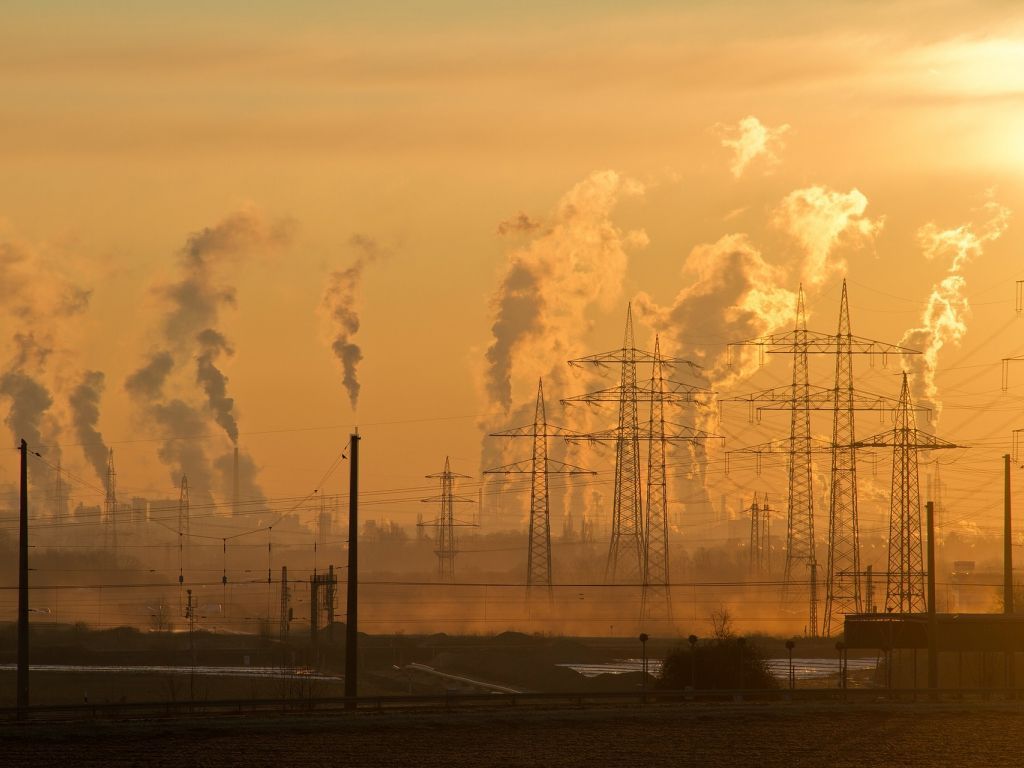IRENA: Transition to Renewable Energy Sources Off-Track, Pandemic and Ukraine Crisis Further Compound Challenges
Source: eKapija
 Monday, 30.10.2023.
Monday, 30.10.2023.
 13:59
13:59
 Monday, 30.10.2023.
Monday, 30.10.2023.
 13:59
13:59
Illustration (Photo: Ralf Vetterle from Pixabay)

Limiting global warming to 1.5°C requires cutting carbon dioxide (CO₂) emissions by around 37 gigatons (Gt) from 2022 levels and achieving net-zero emissions in the energy sector by 2050.
However, current pledges and plans fall well short of IRENA’s 1.5°C pathway and will result in an emissions gap of 16 Gt in 2050.
– Policies and investments are not consistently moving in the right direction. While there were record renewable power capacity additions in 2022, the year also saw the highest levels of fossil fuel subsidies ever, as many governments sought to cushion the blow of high energy prices for consumers and businesses – the report says.
Every year, the gap between what is achieved and what is required continues to grow.
The share of renewable energy in the global energy mix would increase from 16% in 2020 to 77% by 2050 in IRENA’s 1.5°C scenario. Also, electricity would become the main energy carrier, accounting for over 50% of total final energy consumption by 2050.
Policy makers, the report emphasizes, need to strike the right balance between reactive measures and proactive energy transition strategies that promote a more resilient, inclusive and climate-safe system.
– Accelerating progress worldwide requires a shift away from structures and systems built for the fossil fuel era. The energy transition can be a tool with which to proactively shape a more equal and inclusive world. This means overcoming existing barriers across infrastructure, policy, workforces and institutions that hamper progress and impede inclusivity – it is said.
While the energy transition undoubtedly requires time, the International Renewable Energy Agency adds that there is significant potential to implement many of the available technology options today.
– Upward trends in the deployment of these solutions demonstrate that the technical and economic case is sound. However, comprehensive policies are needed across all sectors to ramp up deployment, as well as to instigate the systemic and structural overhaul required to realize climate and development objectives – it is said.
Tags:
International Renewable Energy Agency
IRENA
energy transition
World Energy Transitions Outlook 2023
renewable energy sources
Comments
Your comment
Naš izbor
Most Important News
Full information is available only to commercial users-subscribers and it is necessary to log in.
Follow the news, tenders, grants, legal regulations and reports on our portal.
Registracija na eKapiji vam omogućava pristup potpunim informacijama i dnevnom biltenu
Naš dnevni ekonomski bilten će stizati na vašu mejl adresu krajem svakog radnog dana. Bilteni su personalizovani prema interesovanjima svakog korisnika zasebno,
uz konsultacije sa našim ekspertima.


 Izdanje Srbija
Izdanje Srbija Serbische Ausgabe
Serbische Ausgabe Izdanje BiH
Izdanje BiH Izdanje Crna Gora
Izdanje Crna Gora


 News
News








